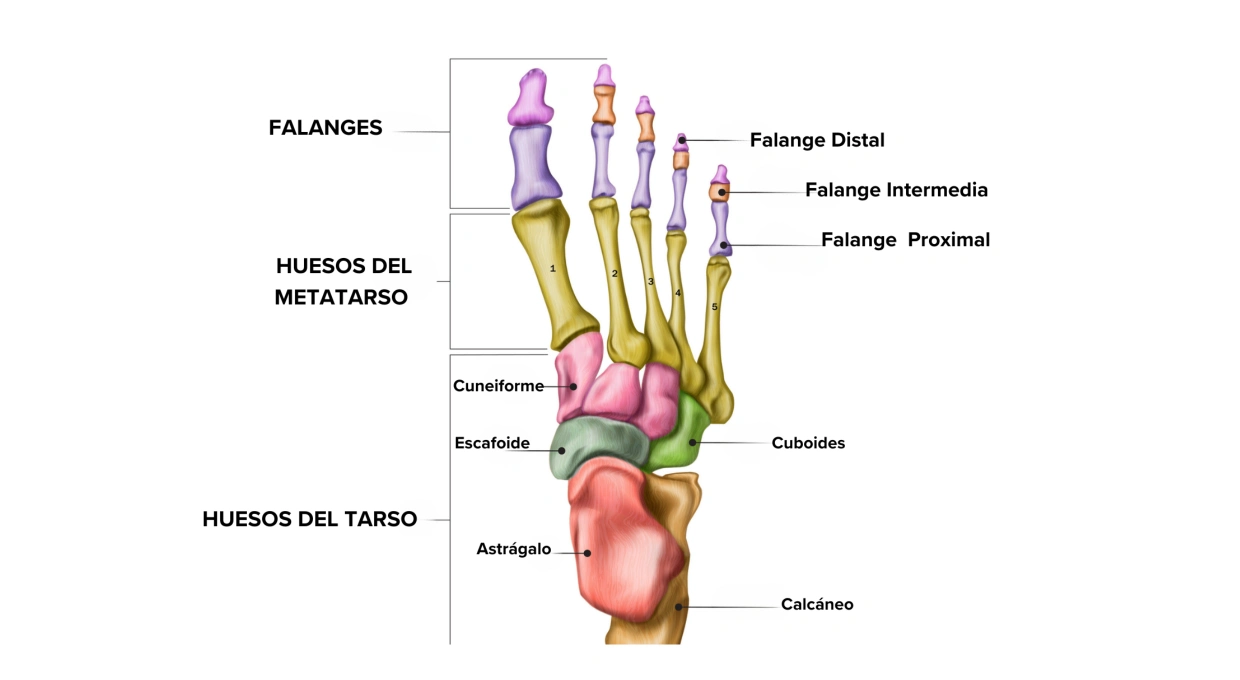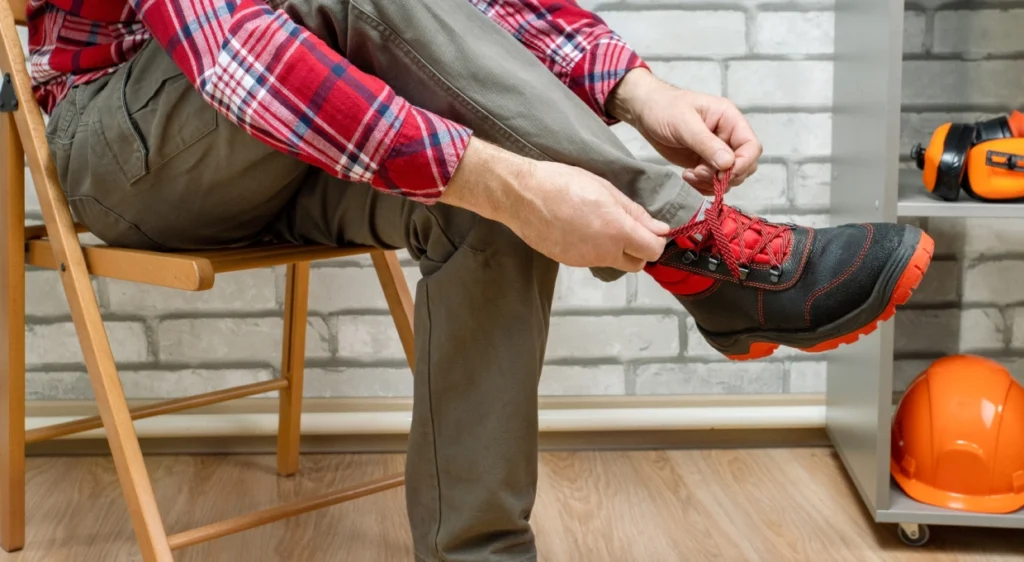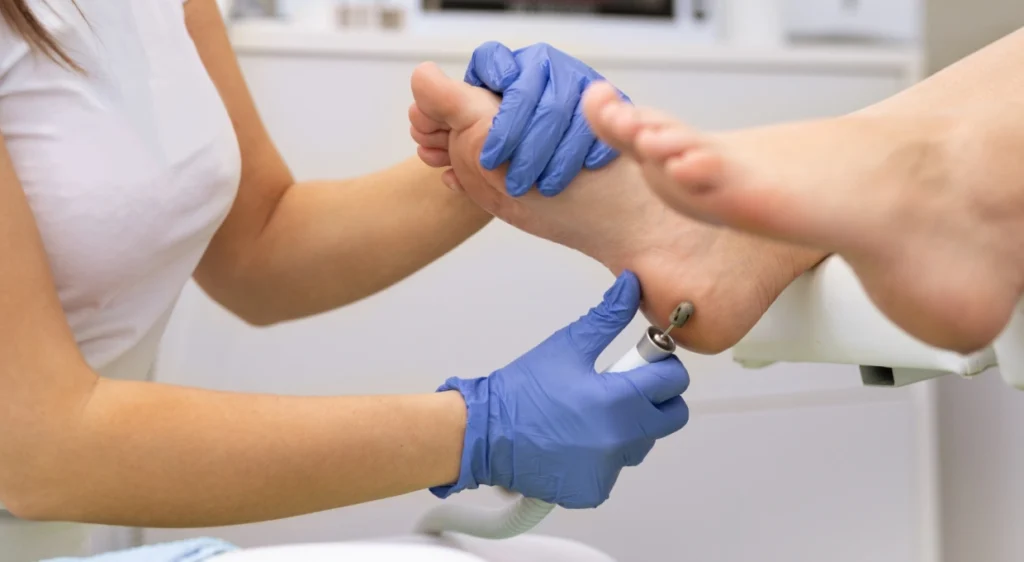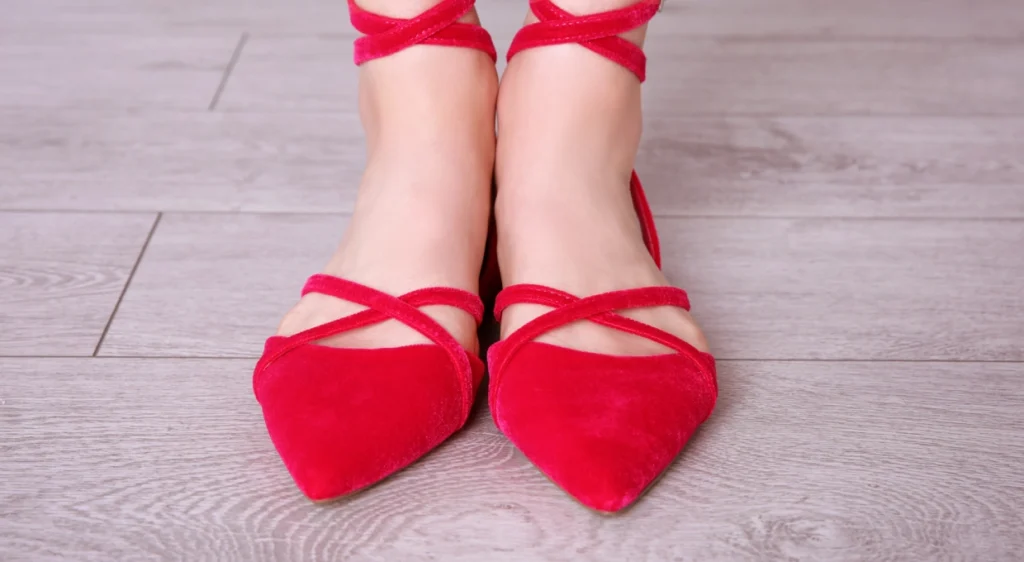Bones of the Foot: Anatomy and Function
The human foot is a marvel of biological engineering, composed of 26 bones that are divided into three main sections: the tarsus, the metatarsus and the phalanges. Each of these bones plays a crucial role in the structure and functionality of the foot, allowing a wide range of motion and supporting the weight of the body.
El Tarso: The Base of Operations
The tarsus is made up of seven robust bones, including the calcaneus, which forms the heel, and the talus, which articulates with the ankle. These bones are essential for shock absorption and structural stability of the foot. They also contribute to the formation of the arch of the foot, which is essential for weight distribution and balance. In addition to the calcaneus and talus, the tarsus includes the navicular, cuneiform and cuboid bones. Each of these bones plays a specific role in the functionality of the foot. The navicular, for example, assists in weight transfer from the heel to the forefoot. The cuneiform and cuboid bones form the articulation with the metatarsal bones, allowing for greater stability and flexibility during movement.
Metatarsus: The Supporting Pillars
The metatarsal consists of five long bones that connect the tarsus to the phalanges. These bones act as pillars of support, distributing body weight during gait and helping to maintain the integrity of the longitudinal arch of the foot. Their health and alignment are crucial to prevent disorders and ensure proper foot function. The first metatarsal is particularly robust and plays a vital role in propelling the foot during walking. The second, third, fourth and fifth metatarsals are also important, as they help maintain balance and absorb shock during activities such as running and jumping.
Phalanges: Precision in Movement
The phalanges, located at the end of the foot, are essential for precision in movement. They allow the toes to grip and adjust posture for proper weight distribution. In dynamic activities, the phalanges provide the final impulse needed for agile movements such as jumping or running. Each toe has three phalanges: proximal, intermediate and distal, except for the big toe, which has only two (proximal and distal). These small but important structures allow amazing flexibility and dexterity, which is vital for locomotion and adaptation to uneven surfaces.
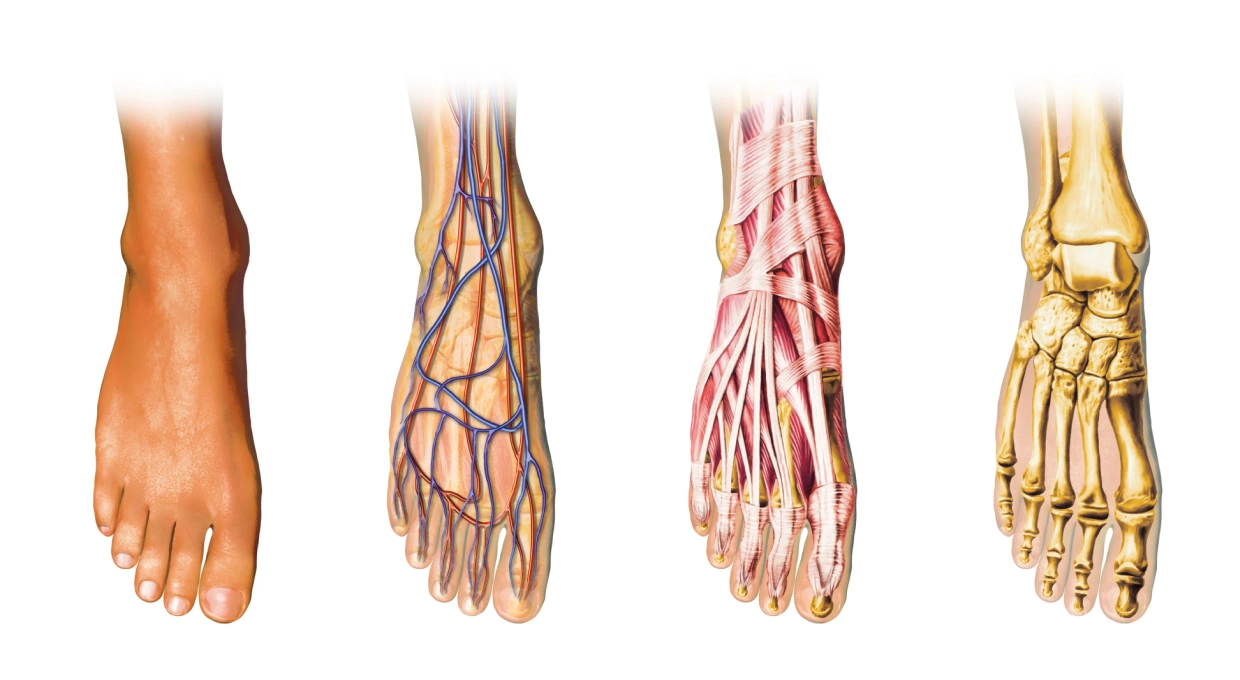
Interconnection and Synergy
These three sections of the foot work in synergy to enable everything from walking to sports performance. Ligaments and tendons connect and coordinate these bones, while soft tissue and cartilage protect and provide flexibility. The ligaments of the foot, such as the long plantar ligament and the plantar calcaneonavicular ligament, contribute to the stability of the arch of the foot. Tendons, including the Achilles tendon and short extensor tendons, facilitate movement and provide the strength necessary for different physical activities.
Importance of Podal Health
Foot health is vital for mobility. Conditions such as bunions, plantar fasciitis, and Morton’s neuroma can alter the mechanics of the foot, causing pain and limiting mobility. . Proper care and preventive medical attention are key to keeping our feet healthy and functional. Prevention and early treatment of these problems may include the use of orthotics, specific exercises to strengthen the foot, and, in some cases, minimally invasive surgery. It is crucial to pay attention to any foot discomfort and consult a podiatric specialist at the first signs of problems.
Conclusion: An anatomical marvel.
The human foot, with its anatomical complexity, allows for a variety of movements and adaptations to different terrains. Taking care of our feet is essential to maintain freedom of movement and ensure efficient interaction with the environment. Detailed knowledge of the bones of the foot, their structure and function, and attention to their health can significantly improve quality of life. Keeping the feet in optimal condition is a fundamental step towards an active and pain-free life.
